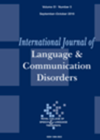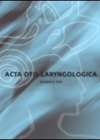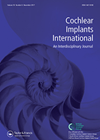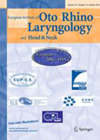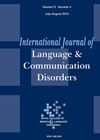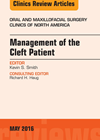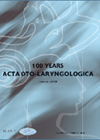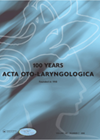
Journal Reviews
Comparison of linguistic profiles in three groups of children with hearing loss and specific language impairment
Spoken language deficits in children with hearing loss early in life are attributed to auditory speech perception limitations. It is assumed that hearing following cochlear implants (CIs) will improve these language deficits. However, the studies have shown that although cochlear...
Is bone cement a cost-effective solution?
This study looks at the functional results of 52 patients who underwent bone cement ossiculoplasty. Patients were divided into four groups based on ossicular disruption. Group 1 (30 patients) had lenticular erosion only. Group 2 (13 patients) had absent incus....
A new modified double-flap technique for cochlear implant surgery
The authors retrospectively assessed 342 implantees with a minimum of five years’ follow-up who had been implanted using a lazy S-shaped post auricular incision with a modified double-flap technique. From the notes, postoperative wound complications and any other adverse events...
Which factors affect music involvement in implanted children’s everyday life?
During the last few years, cochlear implantation research has included music. Processing strategies and rehabilitation teams are now interested in music appreciation by implantees, as speech perception and production are no longer the only issues or targets. The present study...
Does post-meningitic cochlear obliteration affect impedance and charge of the implant?
Implantation in children deafened by meningitis may be very challenging due to obliteration or ossification of the cochlea. This study aimed to assess impedance values and charge consumption in such cases and evaluate if they are affected by the degree...
Does trainee participation in cochlear implant surgery affect operative times?
The role of surgical education is a very sensitive issue in spite of the obvious need and the obligation of doctors to pass on their knowledge and experience to the next generation. This study is very interesting as it assesses...
Titanium bobbins are prone to water penetration
There is limited evidence that swimming with grommets increases ear infections and most clinicians advise swimming with ventilation tubes is acceptable. Concerns may persist especially among parents. This paper evaluates the amount of different liquids (soapy water, sea water, chlorinated...
Supporting second language in bilingual children with cochlear implants
There have been mixed reports regarding the benefits of supporting two languages for bilingual children using cochlear implants. With an ever-increasing number of children with hearing loss undergoing cochlear implantation, this study provides timely clinical evidence. The authors studied the...
Management of the ear in cleft lip and palate
The management of patients with cleft lip and palate includes a focus on effective speech and language function. Poor eustachian tube function and middle ear dysfunction mean over 90% of children suffer from otitis media with effusion. This article provides...
Does cholesteatoma surgery affect school performance?
While much focus has been placed on short-term complications associated with cholesteatoma, a lack of knowledge remains about the impact suffering from cholesteatoma in childhood may have on educational outcome. The aim of the study was to investigate whether suffering...
MRI and the endolymphatic space
This is an interesting study which was performed to evaluate the endolymphatic space in patients with endolymphatic hydrops (EH), using MR imaging. Seven patients aged between 21–77 years; five female, two male with unilateral or bilateral symptoms of EH were...
Which bone conduction implant (BCI) device to use?
Bone conduction implants (BCI) are alternatives when the use and benefit of conventional, prosthetic equipment is limited or contraindicated in patients who suffer from conductive, mixed and single-sided deafness. They are broadly divided into two main groups delivering vibration directly...

